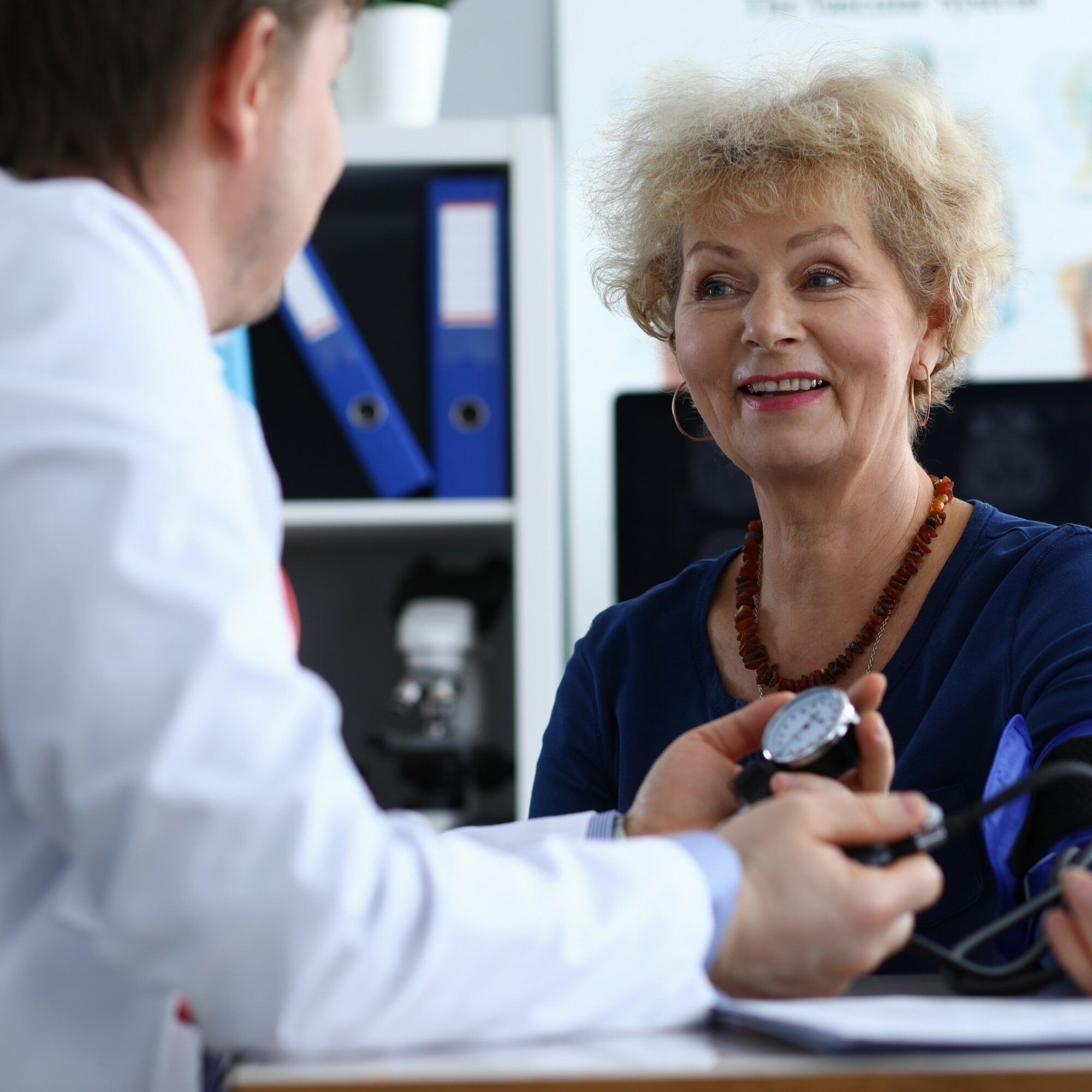The consumer-patient: to be informed and to choose
Patients, who are increasingly informed through various sources of information, notably digital sources, are becoming more involved in the different steps of their patient pathway and are “consuming” goods (drugs, medical devices, connected health objects, etc.) and services (medical appointments, use of health applications, etc.), whether or not they have been prescribed by their doctor. This trend towards consumerism is a consequence of better patient information, but it is also at its source: it is because patients want to consume that they develop an increased information-seeking behavior.
Learn more about our experience in patient pathway >
This trend towards consumerism is also illustrated by the fact that patients can now evaluate their care “experience” and the service they have received and share their opinion on platforms. Other patients can then use this patient experience feedback to make decisions about their own care. This phenomenon is already common in China and the United States, but platforms have also been developed in France, such as the Hospitalidée platform launched in 2015, which collects patient feedback on hospital services and relations with the doctors who have treated them. NoteTonDoc collects opinions on doctors in terms of listening, trust and recommendation.
These new sources of information and comparison tools thus offer greater visibility and control to patients over their possible choices. This can lead to better care and better health outcomes, but it also carries risks.
These new sources of information and comparison tools thus offer greater visibility and control to patients over their possible choices. This can lead to better care and better health outcomes, but it also carries risks. Indeed, the consumerization of healthcare could tend towards “hyper-consumerization”, where the patient is pushed towards consumption while facing information of variable quality, as well as non-objective, potentially ill-intentioned influences, no longer based on scientific and medical facts. Moreover, this trend could weaken the doctor-patient relationship, by adding a financial dimension to it and by calling into question the doctor’s expertise. Finally, if adopting a patient-consumer behavior would improve one’s health, then inequalities could be created between patients: indeed some patients, such as the elderly, who are less inclined to digitization and thus less prone to have a consumer behavior, would therefore not have access to the associated benefits.
Patient-influencer: to share patient experience
The rise of “digital influencers” or “digital opinion leaders” (DOLs), made possible by social media, has also extended to the world of healthcare, and “patient influencer” profiles are emerging. These DOLs master the language of social media and have a credibility that positions them as leaders in their field. They play an important role in raising public awareness, and help people who also suffer from this disease by sharing their own patient experience. For example, endometriosis, a disease recently highlighted by the national plan announced by the French government, affects one woman in ten and many celebrities have publicly revealed their disease and have been fighting for several years to break the taboos associated with it. At the same time, several patients share their experience via Twitter or Instagram accounts and raise awareness about the subject among their community of tens of thousands of followers.
Learn more about our experience in patient experience >
DOLs can communicate via several channels: on platforms accessible to the general public (social networks such as Facebook, Instagram, or audio video hosting sites such as Youtube), but also on platforms with more restricted access, such as messaging or private groups. They can develop communities or associations and participate or organize meetings. For example, since 2018, the Influence For Health event brings together patient influencers, who come to communicate about their commitment and actions for a disease.
It should be noted that this patient-influencer phenomenon is still in its infancy in Europe, whereas it is already common in the United States. For example, the WeGOhealth platform manages a network of “patient influencers” who wish to be put in contact with healthcare companies to discuss collaboration opportunities.
Patient-expert: to act in favor of the patient experience
Finally, patients are becoming more professionalized: we are seeing the emergence of “patient-experts”, patients who possess, beyond their personal experience of living with the disease, solid scientific and regulatory knowledge that is recognized by their peers and other actors of the healthcare system. They can become experts through dedicated training courses such as the one developed by EUPATI (European Patients’ Academy on Therapeutic Innovation), an academy created in 2017 that trains patients and patient representatives so that they can contribute to drug R&D and regulatory deliberations. Patient experts also have a responsibility to continuously develop their knowledge on the disease and capitalize on the experiences of other patients. They are also patient-influencers: they are able to communicate and share their knowledge.
These patient-experts are thus becoming more and more numerous and are increasingly solicited by the different healthcare stakeholders. First of all, by healthcare authorities, which, like the FDA or the EMA, have been engaging in dialogue with patients since the 1990s following the HIV crisis. They are multiplying initiatives in order to involve them more and earlier, such as the pilot launched by the EMA in 2021, which aims to involve patients from the very beginning of the evaluation of a drug by the CHMP (Committee for Medicinal Products for Human Use). But also by pharmaceutical companies, which have realized the importance of integrating patient feedback. They are increasingly engaging patients throughout the life cycle, with multiple initiatives led by pharmaceutical leaders from R&D to product commercialization. Finally, healthcare institutions are also looking to involve patients in their organizations so that they can contribute to improving the care of their patients, like the Lyon hospital center (Hospices Civils de Lyon), which recruited a “patient-coordinator” in 2019.
Thus, these three new patient roles – patient-consumer, patient-influencer and patient-expert – reflect the transformation that is gradually taking place in the healthcare world: the transition from passive patients to active patients, involved in their own health and engaged by other players. This engagement and activity make them an essential partner for industry players, who must therefore specify the terms of engagement in relation to these new roles: What new offer should be created for patients who are seeking to “consume” goods and services and thus improve their patient experience? How to identify and take into account patient influencers to integrate them as partners in projects? How to integrate patient experts as another perspective within the traditional medical activities of a laboratory (e.g., advisory board)?
Beyond these new patient roles, other topics are emerging within Patient Engagement reflections: in particular, the representativeness of engaged patients in relation to the overall disease population is a key issue to consider. Our teams are here to support you in these patient-centric considerations and in structuring your Patient Engagement strategy.
About the author,
Pauline, Consultant in the Alcimed’s healthcare team in France



